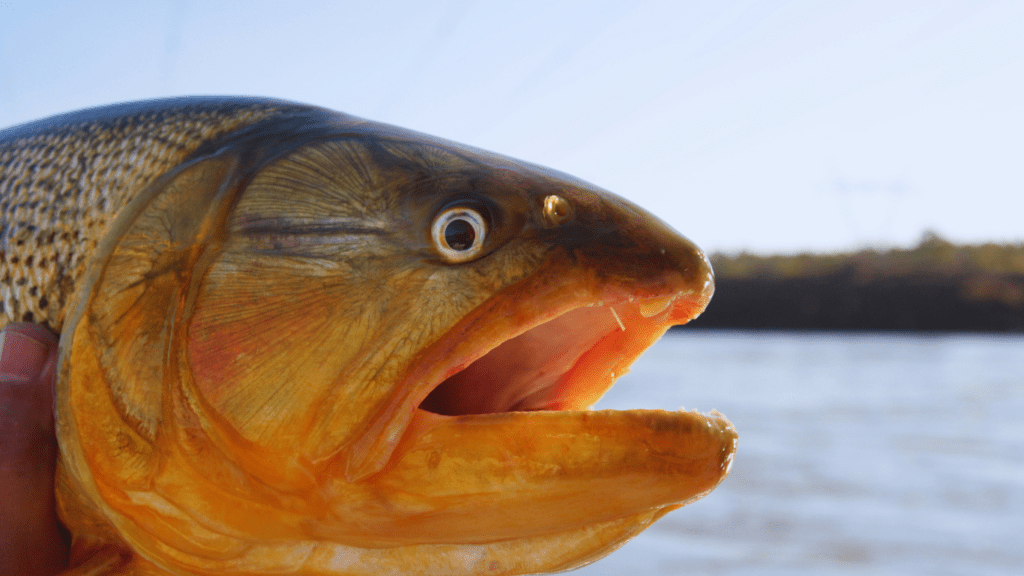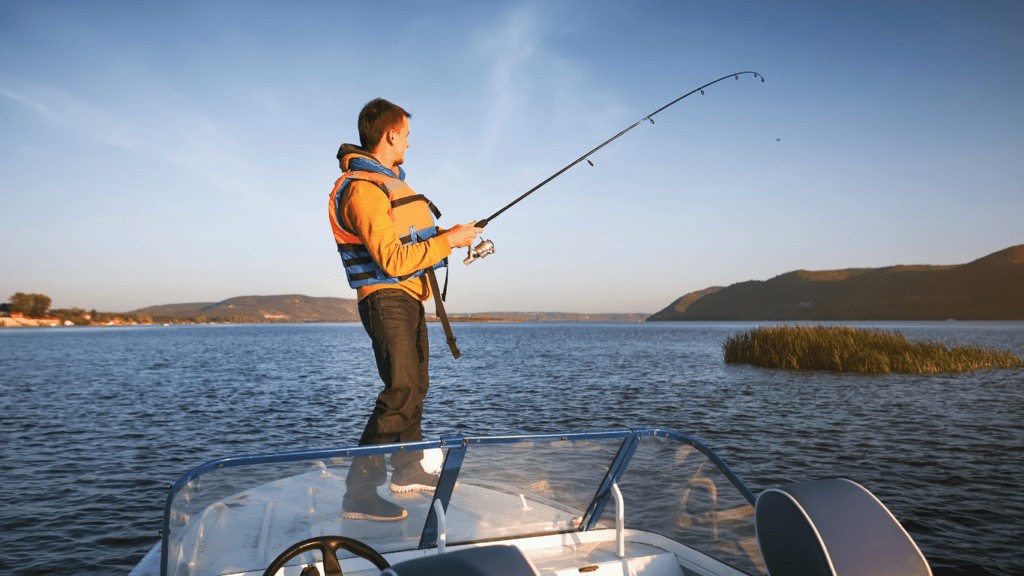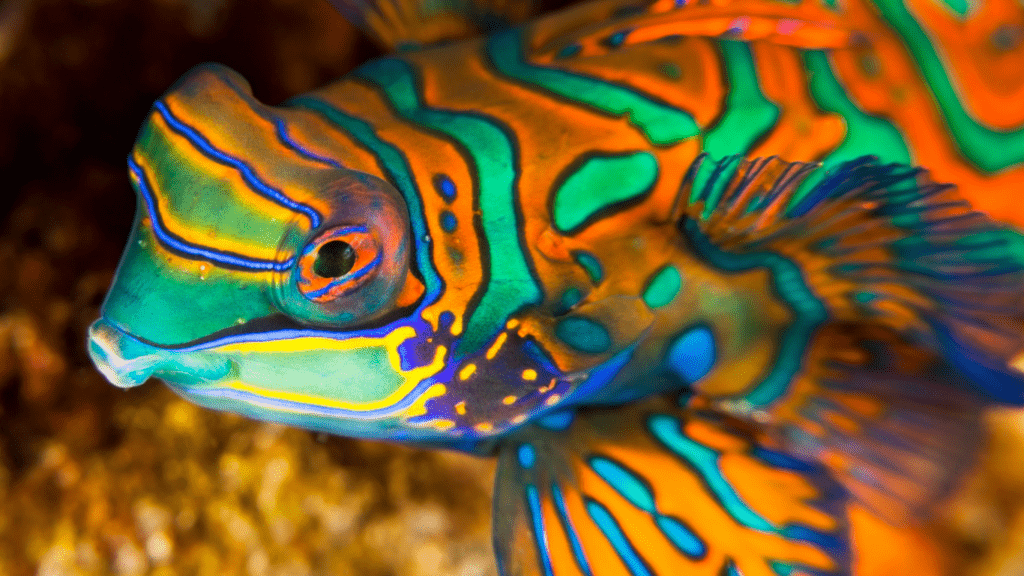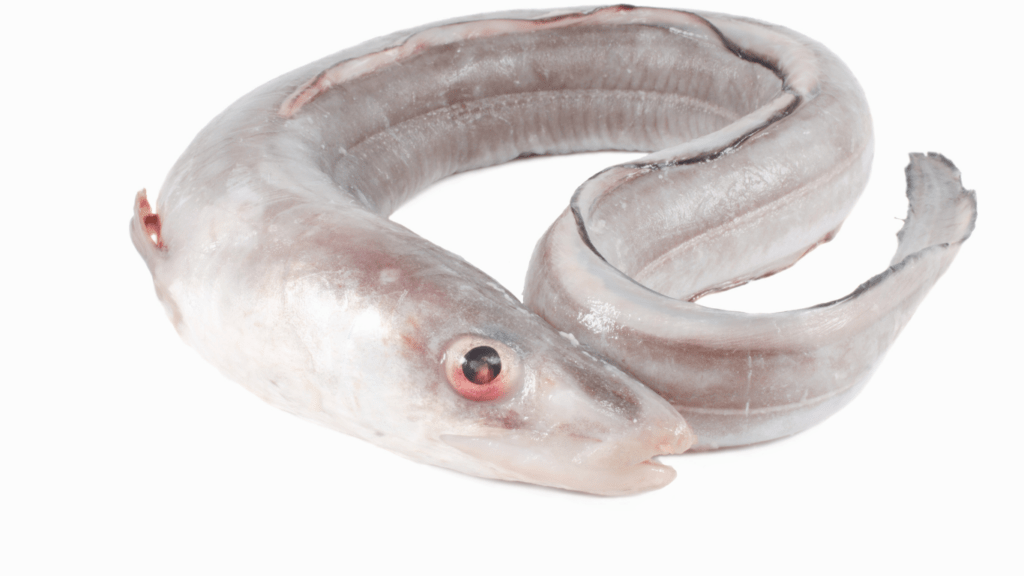The Enigma Of The Golden Dorado
The golden dorado stands out as a species shrouded in mystery, blending striking beauty with an elusive nature. Native to the powerful rivers of South America, such as the Paraná, Uruguay, and Mamoré, this fish thrives in fast-flowing waters, making it difficult to track and catch. Its vibrant golden scales, sharp teeth, and aggressive feeding habits only add to its mystique.
Reports of its size and strength often vary. While mature dorados can measure up to 3 feet and weigh around 50 pounds, instances of even larger catches circulate among anglers. These accounts contribute to its legendary reputation, with many fishermen traveling thousands of miles to pursue this prized fish.
Behavioral patterns further amplify its enigmatic appeal. The dorado is known to engage in spectacular jumps when hooked, earning it the nickname “river tiger.” This acrobatic prowess, paired with its unpredictable movements, challenges even the most skilled fishermen. Despite its aggressive strikes, landing one requires precision, patience, and experience. For many, it’s less about the catch itself and more about the pursuit of mastering its unique challenges.
Habitat And Characteristics
The golden dorado thrives in specific environments and exhibits distinct traits that captivate anglers. Understanding its habitat and behavior is key for those hoping to catch this legendary fish.
Where To Find The Golden Dorado
The golden dorado inhabits South America’s river systems, primarily within tropical and subtropical regions. Rivers like the Paraná, Uruguay, and Mamoré support its populations. I’ve learned these waters, with their fast flow and plenty of obstacles like submerged logs and rocks, provide the ideal conditions for dorado to hunt and breed. Tributaries with clear streams, abundant prey, and temperatures between 68–86°F are hotspots for dorado activity. Seasonal floods often impact their distribution, prompting migratory patterns that align with food availability and spawning needs.
Unique Features And Behavior
Golden dorados are easily identified by their:
- metallic gold scales
- powerful jaws
- sharp teeth
Their elongated body, combined with fins adapted for bursts of speed, makes them agile predators. From what I’ve observed, dorados are opportunistic feeders, favoring smaller fish like sabalo or minnows. Their breathtaking acrobatics during a fight, including high jumps and quick direction changes, pose a significant challenge for anglers.
These fish are known for their territorial nature, defending prime hunting grounds aggressively. Their nocturnal hunting tendencies make early morning or late evening peak times for activity. This combination of features and unpredictable aggression cements their status among the most elusive and exciting game fish.
The Appeal Of Catching A Golden Dorado

Golden dorados captivate anglers with their power, beauty, and reputation for a thrilling fight. Their combination of elusive behavior and iconic appearance makes them a prized target in the fishing world.
Why Anglers Are Obsessed
- Anglers are drawn to golden dorados for their dazzling metallic gold scales and explosive strength.
- Hooking a dorado often leads to dramatic aerial leaps and relentless runs, creating an adrenaline-fueled battle.
- This fish symbolizes prestige and achievement, with seasoned fishermen often considering it a bucket-list catch.
- Golden dorados also represent untamed wilderness.
- Found in South American rivers like the Paraná and Uruguay, they inhabit scenic and remote areas.
- This backdrop adds allure, giving anglers an adventurous experience beyond the catch itself.
- The challenge of understanding dorado behavior and habitats, then successfully reeling one in, fuels their appeal.
Challenges Of The Catch
Catching a golden dorado requires skill, patience, and precision. These fish favor fast-moving waters filled with obstacles, such as submerged logs and rocky beds, creating hazardous and unpredictable conditions for anglers. Their keen senses make them wary of artificial lures, with natural bait and expert technique often required to provoke a strike.
Once hooked, dorados demand endurance. Their aggressive fighting style includes powerful tugs, sharp directional changes, and acrobatic leaps. Anglers must maintain control without breaking the line, a task that demands focus and agility. The combination of environmental factors and the dorado’s resistance solidifies the fish’s reputation as a highly elusive and rewarding target.
Sustainable Fishing Practices
Catch-and-release techniques help preserve dorado populations. Using barbless hooks minimizes injury during release, enhancing the chances of survival. Educating anglers on proper handling practices, such as keeping fish in water and avoiding prolonged air exposure, supports conservation efforts. Local organizations implement programs promoting sustainable approaches, ensuring the dorado remains a viable target for future generations.
Restricted fishing seasons, linked to dorado reproductive cycles, prevent exploitation during critical breeding periods. These regulations protect spawning grounds and encourage population recovery. Supporting eco-tourism initiatives aligns with conservation, allowing communities to benefit economically by preserving natural habitats. Encouraging the use of artificial lures over live bait reduces ecological disruption, creating a balance between angling practices and ecosystem health.
Myth Or Reality?
The golden dorado’s reputation as both a fish of legend and a testament to an angler’s skill raises questions about fact versus fiction. Stories of its size, strength, and mystique blur the lines between myth and reality.
Legendary Stories And Rumors
Tales of the golden dorado often include exaggerated accounts of its size and strength. Some claim to have seen dorados exceeding 4 feet in length or weighing over 100 pounds, far surpassing the confirmed average of around 50 pounds. These stories often highlight its fight, describing battles lasting hours, with the fish tearing through currents and snapping lines, cementing its legendary status. Ancient folklore from indigenous communities also portrays the dorado as a sacred or mythical creature, linking it to rivers’ spiritual vitality.
Reports of isolated, massive dorados in uncharted waters contribute to its mystical allure. Fishermen often recount sightings or near-catches in remote rivers, claiming the fish seemed almost supernatural in its ability to evade capture. Such anecdotes enhance the dorado’s reputation as a fisherman’s “white whale.”
Real-Life Anglers’ Experiences
Anglers who’ve caught golden dorados describe the fish as living up to its formidable reputation. Many recount the dorado’s explosive power and agility, noting its habit of leaping out of the water multiple times during a fight, making it incredibly challenging to reel in. For example, a seasoned angler relayed their experience in the Paraná River, detailing how the dorado stripped nearly 100 yards of line in seconds before breaking free amidst rapids.
In regions like Bolivia and Argentina, where dorado fishing is popular, anglers have noted consistent challenges due to its intelligence and wariness. Techniques involving precise casting and specialized lures have proven essential, with locals often sharing tips on how to adapt to the dorado’s erratic behavior. Despite its difficulty, almost every angler emphasizes the immense satisfaction of finally landing one, confirming that the dorado is as real—and as legendary—as enthusiasts claim.





